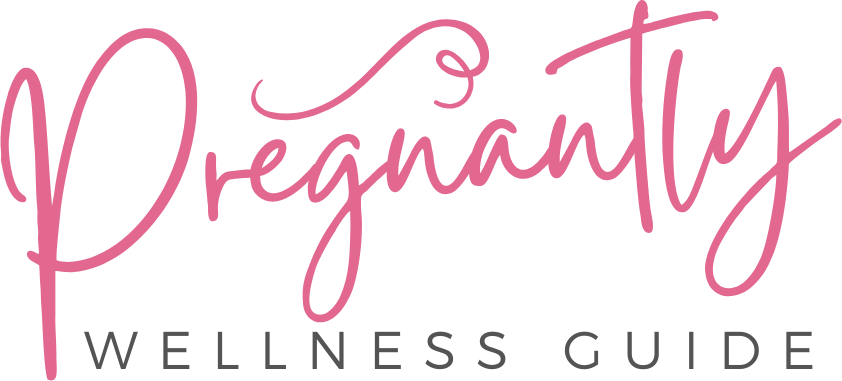
As working women, we understand how vital it is to achieve hormonal balance for our productivity, overall well-being, and ability to manage life’s demands. By incorporating simple yet powerful strategies into our daily routines, we can promote balance and thrive. We can start by nourishing our bodies with whole foods, practicing mindful stress management, and engaging in physical activities that bring us joy. By taking these first steps, we’ll be empowered to discover even more ways to support our hormonal health and access our full potential.
Nutrition Strategies for Hormonal Balance
As we navigate the demands of our careers and personal lives, it’s easy to overlook the intricate relationship between our diet and hormonal health. Yet, a balanced diet rich in whole foods is essential for supporting hormonal balance. We can start by incorporating nutritious foods like leafy greens, cruciferous vegetables, and omega-3-rich seeds into our meals. Aiming for 25-30 grams of protein per meal also helps regulate hunger and satiety hormones.
Fiber-rich foods like avocados, beans, and nuts improve insulin sensitivity, while reducing added sugars prevents insulin resistance. Embracing a Mediterranean diet that emphasizes whole grains, healthy fats, and fish can positively influence estrogen levels and support reproductive health. By adopting these nutrition strategies, we can take the first step towards achieving hormonal balance and nurturing our overall well-being.
Mindful Approaches to Stress Management
We often find ourselves swept up in the chaos of our demanding careers and personal lives, leaving us vulnerable to the debilitating effects of chronic stress. To mitigate this, we can turn to mindful approaches to stress management, cultivating a deeper connection between our minds and bodies. By incorporating mindfulness practices into our daily routines, we can lower cortisol levels, improve hormonal balance, and enhance overall health.
Mindfulness Techniques for Stress Management
- Daily Meditation: Take 5 minutes each day to sit quietly, focus on your breath, and calm your mind.
- Deep Breathing Exercises: Practice slow, deliberate breaths to slow down your heart rate and reduce stress.
- Yoga or Dance: Engage in physical activities that bring you joy and help reduce perceived stress.
- Calming Bedtime Routine: Establish a soothing pre-sleep routine to improve sleep quality and lower cortisol levels.
Physical Activity for Hormone Regulation
When our lives are filled with the demands of work and personal responsibilities, incorporating physical activity into our daily routines can seem challenging. However, regular exercise is vital for hormone regulation and overall well-being. Engaging in physical activities like strength training, aerobic exercises, and high-intensity interval training (HIIT) can improve insulin sensitivity, reduce stress, and promote hormonal balance.
Even moderate activities like walking or yoga can positively influence hormone levels and alleviate symptoms of hormonal imbalance, such as mood swings and fatigue, particularly during our menstrual cycles. By prioritizing enjoyable physical activities, we foster a mind-body connection that’s essential for stress reduction and emotional health, ultimately benefiting our hormonal health. Consistent exercise is key to achieving and maintaining hormonal balance.
Sleep and Relaxation Techniques for Hormonal Health
Because sleep and relaxation are intricately linked with hormonal balance, prioritizing these aspects of our lives is essential for maintaining ideal hormonal health. We need consistent, high-quality sleep for hormone regulation and overall well-being. Poor sleep can disrupt insulin and cortisol levels, leading to hormonal issues.
Here are 4 techniques to support our hormonal health:
- Establish a calming bedtime routine to enhance sleep quality and hormone production by dimming lights and reducing screen time before bed.
- Practice relaxation techniques like mindfulness meditation and focused breathing for 5 minutes daily to lower cortisol levels.
- Get at least 7 hours of sleep each night to facilitate growth hormone release.
- Incorporate stress reduction strategies into our daily lives to alleviate cortisol-related disruptions and support overall physical and emotional well-being.
Creating a Supportive Environment for Hormonal Balance
As the boundaries between work and personal life continue to blur, prioritizing hormonal health in the workplace is no longer a luxury, but a necessity. We must create a supportive environment that promotes balance and well-being for female employees. By providing healthy meal options, we can greatly impact hormonal health, as a balanced diet alleviates menstrual symptoms for 82% of women.
Flexible work policies can also accommodate hormonal fluctuations, particularly during menstrual cycles, when 85.9% of women experience declines in energy and focus. Educational workshops on nutrition and hormonal health can empower female employees, fostering a supportive environment that enhances productivity and wellness. By prioritizing hormonal health, we can create a workplace that supports the overall well-being of our female employees, leading to increased job satisfaction and retention.
Conclusion
As we aim for hormonal balance, let’s remember that small changes can have a profound impact. Just like a pebble thrown into a pond creates ripples, one intentional choice can radiate outward, influencing our entire well-being. By incorporating holistic practices like mindful eating, stress management, and self-care, we can harmonize our hormones and release our full potential. Together, let’s take the first step towards a more balanced, vibrant life – one ripple at a time.







